How to Make An Elegant Tieback For curtains
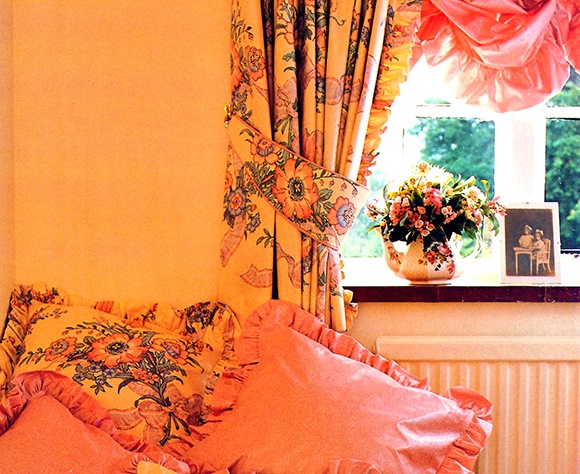
The large floral fabric used to make these summer curtains has been carefully positioned on the tieback so that the main floral motif is shown to best effect. On a pair of tiebacks, arrange the motifs so that the tiebacks make a symmetrical pair.
By catching the curtains back at just the right height, tiebacks pull the curtain fabric into an attractive sweep and allow natural light into the room. Wide, full curtains drape into deep scoops of fabric, while narrow drapes are given an elegant form when tied back against the frame. Don’t feel that you are forced to choose one style or another by the width of the window – a large curtain swept to one side can be just as effective as the more usual set of curtains pulled back either side.
Easy to make and economical – you only need a small amount of the original curtain fabric or a remnant in a toning material – tiebacks can be made up in a variety of shapes and styles to suit any window in the home. Formal, curved tiebacks made from fabric and stiffened with heavyweight interfacing or buckram are the usual style, but softer shapes of plaited, frilled or ruched fabric are also attractive, particularly where the tone of the room is softer.
Positioning The Tieback
On sill-length curtains the tiebacks are usually positioned about two-thirds of the way down from the top of the curtain, but on longer curtains and floor-length curtains there is more scope for choosing your own position. Each position has its own effect on the look of the window, so choose carefully.
In general, the lower the tieback, the fuller the effect of the curtains but the more the view and the natural light are obscured. If the view is not particularly special or the window frame is unattractive or needs some work done on it, this can be an advantage. Try different positions, draping the fabric in a gentle curve or a fuller sweep.
Sill length tiebacks On long, floor-length curtains the sill can be about midway down the curtain. It allows the fabric to sweep into a generous curve above the tieback and drape elegantly below it.
Placed low Tiebacks set about two-thirds of the way down the curtain create a full effect that can make a narrow window seem wider. But the curtains cover more of the window, this will obscure light.
Placed high Positioned one-third of the way down from the top of the curtain, the tiebacks will give the impression of length and will let in maximum light.
Selecting the Fabric
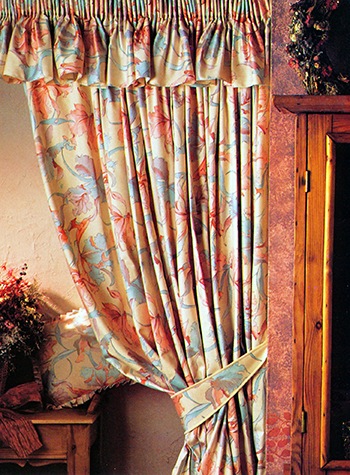
A pale fabric used to bind this tieback softens the edges, giving the whole effect a look of comfortable luxury. For sharp definition use a darker color from the fabric.
Pick a medium weight fabric, such as a closely-woven furnishing fabric for the tieback, using the same fabric on both sides, or selecting a matching or toning lining fabric for the back. If making them in the same fabric as the curtains, bind the edges with bias binding to give the tiebacks definition. Alternatively go for a contrast, to add a dash of color to a plain window dressing or perhaps to pickup the colors of a rug, tablecloth or sofa.
When adding tiebacks to a pair of existing curtains you may not be able to find more of the original fabric, which may, in any case, have faded. In this situation it’s best to go for a contrast which will look far better than a fabric that falls just short of matching the original window dressing.
Drape the fabric round the curtain to judge the effect, or if you only have a sample of fabric, pin it to the curtains and leave it there for a few days before you make your final choice. Check it in daylight as well as in the glow of artificial light.
Positioning the Fabric
The tiebacks use only a small amount of fabric, but because they are an important element of the window decoration, and because they are often quite eye catching, it is important to arrange the fabric carefully. Move the pattern around on the fabric to see what sort of arrangement you can achieve.
If the fabric is patterned with separate motifs, look for a particularly attractive detail which would fit nicely into the tieback shape. If the motif faces in a particular direction, such as a bird or animal motif, try to get it facing towards the centre of the tieback, so that in the finished arrangement it will be facing the window, drawing the eye in this direction.
On a pair of curtains, a symmetrical arrangement looks best, rather than an identical pair.
Tieback Tie In
When you wish to change a room’s color scheme, and the curtains don’t quite tie in, make tiebacks in the new color to act as a link. A simple trimming sewn to the leading edge of the curtains will complete the effect.
Reference: The Country Look—Decor & Crafts


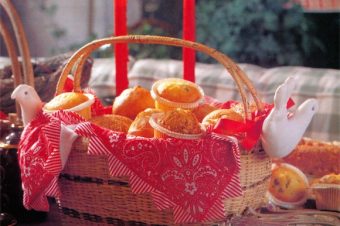
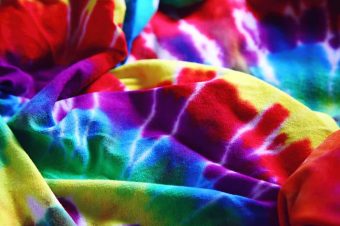
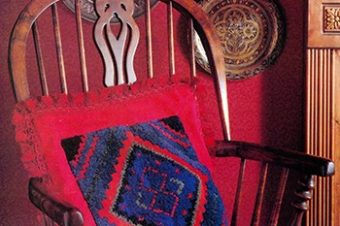

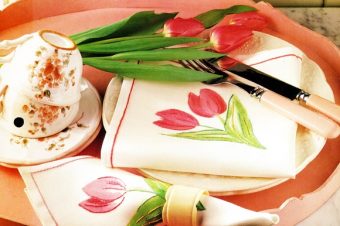

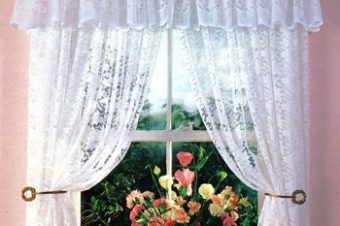

3 Responses
sakyue1993
Hi,
I’ve been looking around on the internet for some fabric to make curtains. I want a thick heavy material to keep the light and draft out over winter.
Anyway, I’ve come accross some bargain baby cord material which I really like to look of. I haven’t got a lot of experience in making curtains though, and I can’t recall ever seeing corduroy curtains before in my life.
I would like someone to confirm that this material would be okay.
Thanks in advance.
Hayley
JDOGG1122
had seen enough of rods fixed on walls for window/door curtains.any new ideas? for hanging then?
Agent 47
I have a 10×12 bedroom that I am trying to redecorate. I am trying to achieve a romantic, tranquil bedroom. I like sheer gold and sheer plum. If I like these colors, I am not sure what to paint the walls, what should be on the walls as far as accents and what color bedding and curtains!!!!!!! I need an interior decorator ASAP!!!!!!